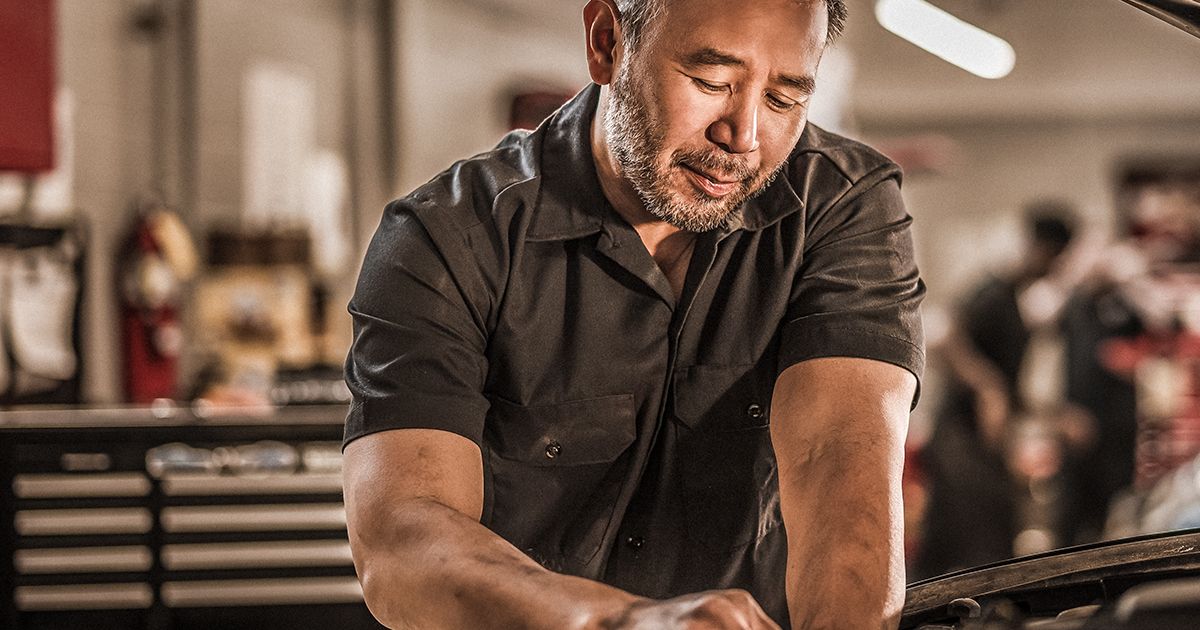
BACKGROUND:
Exposure to excessive heat increases the chance of heat stress and presents a risk to employee health. Heat stress occurs when the body is unable to maintain a safe body temperature due to external stress. Heat stress can lead to injury and illness. As temperatures increase, productivity decreases due to physiological limitations that lead to increased errors and fatigue. Unconditioned facilities in warm and temperate climates are particularly prone to these conditions. In order to mitigate the impact of heat stress and productivity loss, employers often compensate with increased break time and experience costly employee turnover. The combination of HVLS fans and evaporative coolers can be used as a cost-effective solution to reduce the number of uncomfortable hours in a facility and in turn reduce productivity loss; creating a safer work environment.
PROJECT SCOPE:
A 47,000 square foot unconditioned warehouse with a 28’ tall ceiling was used as a test facility. The warehouse was modeled in Atlanta, Georgia (ASHRAE 3A), Dallas, Texas (ASHRAE 2A) and Ontario, California (ASHRAE 3B). An energy model was built for each location to calculate the indoor dry bulb temperature and the indoor relative humidity for each hour of the year. The DOE Commercial Prototype Building Model for a warehouse was used as a reference for the energy model. The CBE Thermal Comfort Tool was used to calculate the cooling effect of HVLS fans alone, and the combination of HVLS and evaporative coolers, would deliver. The heat index was calculated for every hour for the existing conditions, with HVLS fans only, as well as with HVLS fans and evaporative coolers. The number of hours in each National Weather Service Heat Index Classification was summed to determine the reduction of uncomfortable hours. The model generated by Seppänen, O., Fisk, W. J. and Lei, Q. H. (2006) was used to determine productivity loss in the form of lost wages.
KEY DATA AND OUTCOMES:
The second image shows the hourly heat index distribution of a typical year for each location and scenario. According to the National Weather Service Classification, symptoms of heat stress become possible in the ‘Hot’ (90 F – 104 F) category and likely in the ‘Very Hot’ (105 F – 129 F) category. The data shows that without HVLS fans or evaporative coolers, the hours within the ‘Hot’ and ‘Very Hot’ categories account for 27-42% of the yearly hours. The ‘Very Hot’ hours were reduced by at least 74% in Dallas and by more than 99% in Ontario with the addition of HVLS fans. The combination of the reduced space temperature from the evaporative coolers and the elevated air speed from the HVLS fans reduced the ‘Very Hot’ hours by 100% in each location. The neutral hours were increased by at least 64% in Dallas and by as much as 139% in Ontario. It is important to note the greatest impact in both the HVLS-only solution and the HVLS-fans-plus-evaporative-cooler solution was in Ontario due to the drier climate.
The third image shows the annual lost wages due to productivity loss per occupant for each location and scenario. Due to the reduction in uncomfortable hours, The productivity loss per employee was mitigated by $1,147-$1,600 with the addition of fans. When HVLS fans and evaporative coolers were used in the space, productivity loss per employee was mitigated by $2,368-$4,158.
CONCLUSIONS:
The addition of HVLS fans, or HVLS fans in conjunction with evaporative coolers, as a cooling solution for the unconditioned warehouse reduced the number of uncomfortable hours by as much as 99%. The greatest cooling benefit is achieved with the combination of HVLS fans and evaporative coolers in a dry climate. The reduction of hours in the ’Hot’ and ‘Very Hot’ classification decreases the chance of heat-related injuries. This not only improves employee health and safety, but translates into an employee turnover cost savings. In short, because of the reduced heat index hours, productivity loss was reduced by as much as $1,600 per employee with HVLS fans and up to $4,158 per employee with HVLS fans and evaporative coolers.